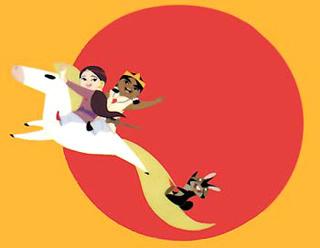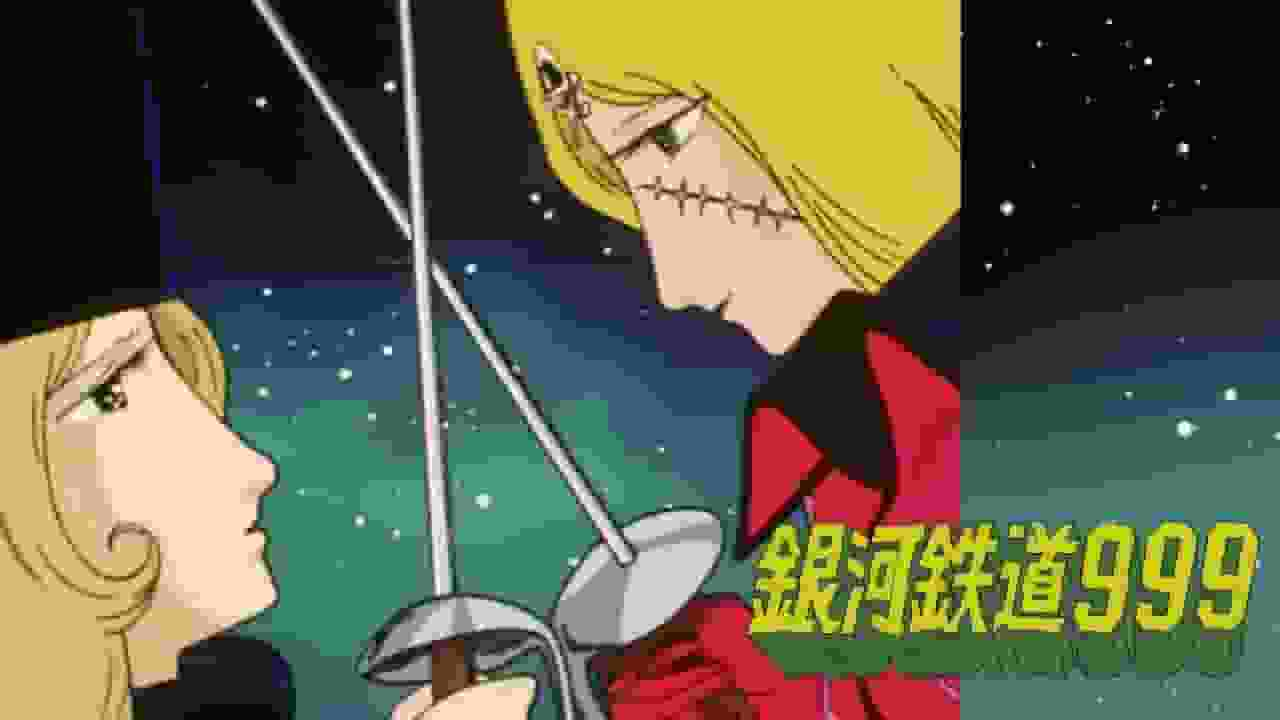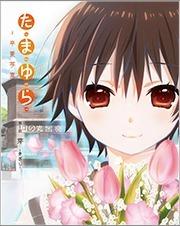The Little Prince and the Snake Slayer: A thorough review of the courageous adventure and moving story

The Naughty Prince and the Giant Snake - Wanpakuouujinoorochitaijii■ Public Mediatheater ■ Original MediaAnime Original ■ Release dateMarch 24, 1963 - January 1, 0000 ■Distribution companyToei ■ Eirin Number12876 ■Frequencies76th minute ■ Number of EpisodesEpisode 1 ■ ProductionToei Animation ■Works©Toei ■ StoryOne day, the mother of the young boy Susanoo suddenly dies. Unable to accept his mother's death, Susanoo sets off with his good friend Akahana the rabbit to the underworld where his dead mother is said to be. On the way, Susanoo meets his brother Tsukuyomi and sister Amaterasu, but they cannot tell him the way to the underworld. When Susanoo reaches the land of Izumo, he meets the beautiful Princess Kushinada, and for her sake, he challenges the eight-headed monster Yamata no Orochi to be defeated. ■ExplanationThis theatrical anime film was produced by Toei Animation and is based on a famous Japanese mythology. With characters that emphasize flatness and stylized background art, this film established the originality of Japanese animation. It was also the first film to adopt the animation director system. It also won awards such as the Ozerla de Blond Award at the Venice International Film Festival and the Ofuji Noburo Award at the Mainichi Film Awards. It was selected by the Ministry of Education and recommended by the Ministry of Health, Labor and Welfare's Central Child Welfare Council. ■Cast・Susanoo/Tomohito Sumita (now Morio Kazama) ■ Main staff・Production manager / Matsushita Hidetami ・Screenplay / Ikeda Ichiro, Iijima Kei ・Director / Serigawa Yugo ・Assistant director / Takahata Isao, Yabuki Kimiro ・Animation supervisor / Yamamoto Sanae ・Key animation director / Mori Koji ・Key animation / Furusawa Hideo, Kumakawa Masao, Otsuka Yasuo, Kusube Daikichiro, Nagasawa Jun, Okuyama Reiko, Kita Masa, Fujii Chikao ・Dance choreography / Hatano Emi・Research / Fukiya Koji・Art / Koyama Reiji・Background / Fukumoto Tomoo, Sugimoto Eiko, Kageyama Isamu, Chiba Hideo・Color design / Yokoi Saburo・Finishing inspection / Sato Shoji・Tracing / Shindo Mitsuko, Sakamoto Yoko, Kariya Sadako, Yuzawa Kayoko・Coloring / Nakamura Fumiko, Totsuka Fusae, Seki Kazue, Ito Shigeko・Cinematography / Ishikawa Mitsuaki, Sugawara Hideaki・Editing / Inaba Ikuzo・Music / Ifukube Akira・Sound recording / Mori Takeshi, Ishii Yukio・Sound effects / Iwafuji Ryuzo・Recording / Kamiyama Eiko・Production / Toei Animation ■ Main Characters・The son of Susanoo Izanagi and Izanami, he is a prince who lives on Onogoro Island. He has a lively personality and is loved by many of his friends. He sets out on an adventure to the underworld in search of his dead mother. ■ Theme songs and music・Theme song: "Lullaby for a Motherless Child" ■Detailed evaluation and recommendationThe Little Prince and the Serpent is a 1963 animated feature film produced by Toei Animation that tells a story based on Japanese mythology. This work holds an important place in the history of Japanese animation, and we will explain in detail why below. Story and ThemesThe story of this work is about a young boy named Susanoo who loses his mother and travels to the underworld to search for her. Along the way, he meets his brother Tsukuyomi and sister Amaterasu, and ultimately fights Yamata no Orochi to save Princess Kushinada. The story depicts themes of love for one's mother, family ties, courage and adventure. It is particularly notable for the way the story unfolds, moving viewers through the growth of Susanoo and his adventures. Character design and animationThe character designs in this work place an emphasis on flatness, and established the originality of Japanese animation at the time. In particular, the designs of Susanoo and Princess Kushinada are visually very impressive, leaving a strong impression on viewers. It was also the first work to adopt the animation director system, and the technical skills of the key animation staff, including Mori Koji, are highly praised. The background art is also stylized, beautifully expressing the worldview of mythology. Music and SoundThe music was composed by Akira Ifukube, and the theme song "Lullaby of a Motherless Child" is sung by Setsuko Watanabe, creating a moving finish. Akira Ifukube's music plays a role in deeply enhancing the emotions of the story, especially in the battle scene with Yamata no Orochi, which creates a sense of tension. The recording and sound effects are also realistic, enhancing the viewer's sense of immersion. Awards and RecognitionThis film has won numerous awards, including the Ozerla de Blond Award at the Venice International Film Festival and the Ofuji Noburo Award at the Mainichi Film Awards. These awards are proof that the film's artistry and technical ability have been internationally recognized, and demonstrate that Japanese animation is world-class. It has also been selected by the Ministry of Education and recommended by the Ministry of Health, Labor and Welfare's Central Child Welfare Council, and is considered to have high educational value. Recommended points"The Little Prince and the Snake Slayer" is recommended for the following reasons:
Related works and viewing recommendationsIf you enjoyed "The Little Prince and the Giant Snake Slayer," we also recommend the following related works.
In conclusion, "The Little Prince and the Snake Slayer" is a work that can be highly recommended to viewers for its story, character design, music, award history, etc. It is a must-see work, especially for those who like stories with themes of family love and courage. It is also an important work for understanding the history of Japanese animation, and you will feel the value of watching it. |
<<: "One Week" Minna no Uta: A thorough analysis of the moving lyrics and melody
Recommend
Do the "three idiots" have split personalities? The latest poster of "X-Men: Dark Phoenix"
The official Twitter account of the movie "X...
Due to the epidemic, the second season of the animation "Re:Zero -Starting Life in Another World" has been postponed to July
According to the relevant information released on...
A thorough analysis of the charm and healing power of Yuru Camp△! Impressions and reviews of the first episode of the series
The appeal and full picture of "Laid-Back Ca...
Reviews and ratings of "Tora-san's Forget-Me-Not": What is the new appeal of this classic series?
The appeal and evaluation of "Tora-san's...
Mahjong Battle Scramble: A thorough analysis of the ultimate showdown of strategy and excitement
Mahjong Battle Scramble - Mahjong Battle Scramble...
Netflix's new drama "Alice in the World" will be released on December 10th and the release date has been announced
Netflix's new drama "Alice in the World&...
Sakurajima Mai Bunny Girl Figure Appreciation Sexy Black Silk Girl's Tempting Body
Recently, Aniplex×Wing's "The Idiot Does...
Revealed: Avengers actor pay: "Iron Man" Downey gets 500 million for one movie
According to multiple foreign media sources, &quo...
Fast and Furious 9 new Chinese subtitle trailer will be released in North America on June 25
The film "Fast & Furious 9" release...
Digging deeper into "The Revelation": shocking truth and reviews
Secret [Top Secret] The Revelation - Top Secret T...
"Pokke": A fusion of moving stories and music that teaches us all about songs
Pokke Minna no Uta - Looking back on the moving t...
Hasbro to raise prices of toys and games due to rising raw material prices
During Hasbro's first quarter 2021 financial ...
Sports show "Scorching Kabaddi" TV animation special trailer competing schools appear
The TV animation of "Scorching Kabaddi"...
The original author of "The Witcher" novel: Netflix never listened to my feedback
The Witcher novels inspired CD Projekt's game...
Popular romance manga "Suspected Harem" confirmed to be adapted into TV animation
Shogakukan announced that the work "Suspicio...









